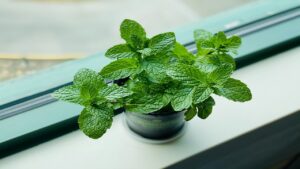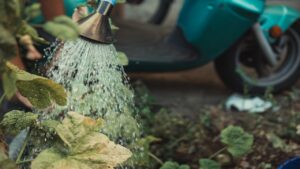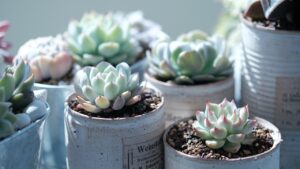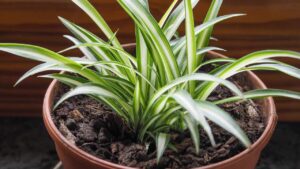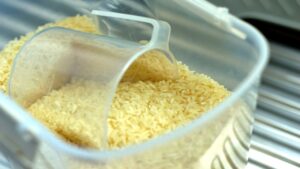Why Plant Leaves Turn Yellow and How to Fix This Problem
Whatever plant you take care of, and no matter how much attention you pay to it, yellow leaves are always lurking. While it can be frustrating, it’s a natural occurrence in the world of plants. Today, we’ll offer some advice to help you address this issue and ensure that your plants always have vibrant and healthy leaves.
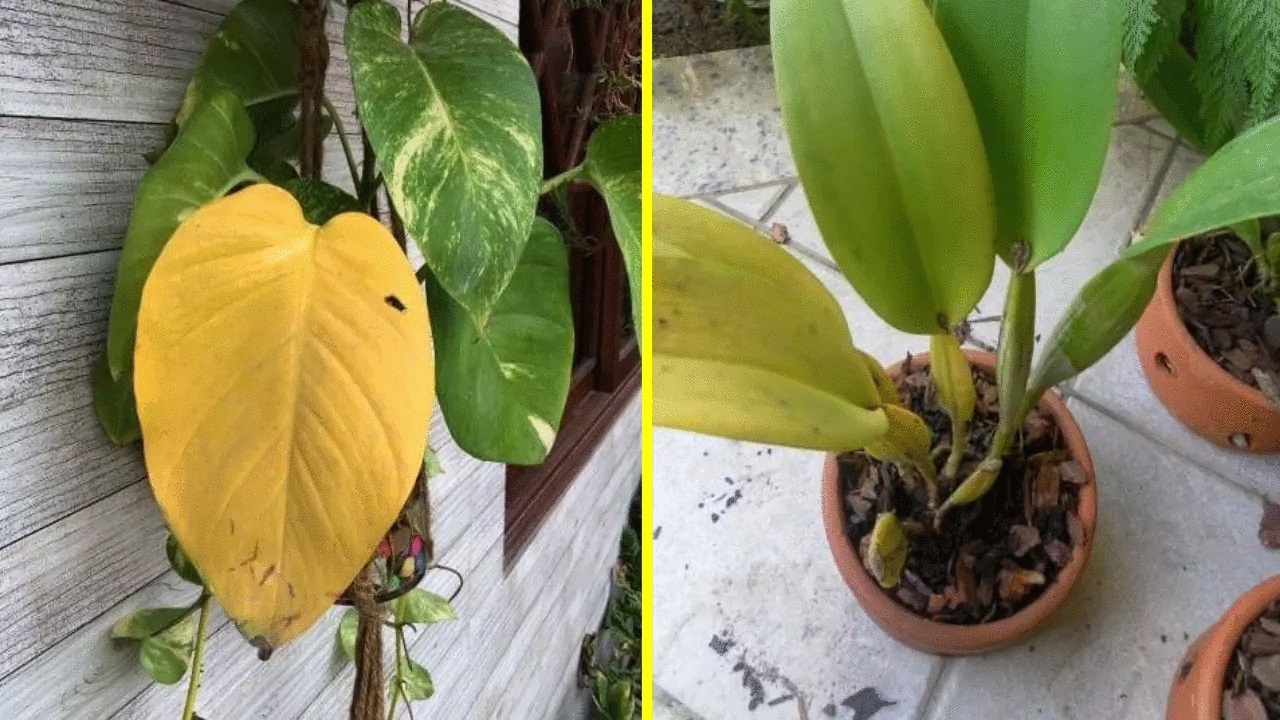
Causes of yellowing of plant leaves
Recognizing that each plant has its own natural life cycle is essential. Yellowing leaves are a normal part of this cycle. However, if the yellowing is not part of the natural process, it could be due to various factors or mistakes made in caring for the plant.
Wrong location and insufficient sunlight can indeed be leading factors in leaves turning yellow. Light is crucial for the process of photosynthesis, enabling the plant to receive essential nutrients. To address this issue, it’s important to find out about the specific needs of the plant you are growing. Understand the light requirements for that particular plant species, such as whether it prefers more light and how many hours of sunlight per day it needs.
On the contrary, some plants thrive in full or partial shade. Exposing these shade-loving plants to direct sunlight or intense heat can result in yellowing leaves.
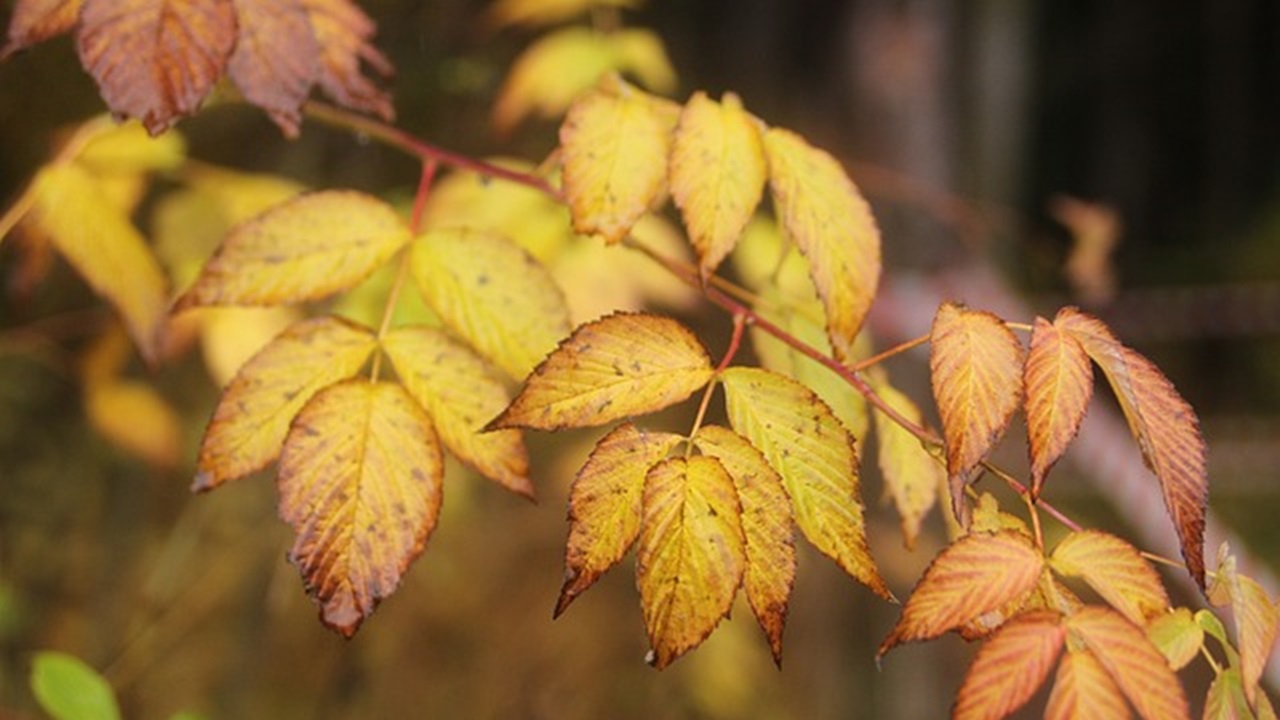
Watering is a critical factor for the health of a plant, and both over-watering and under-watering can contribute to yellowing leaves. Excessive moisture in the soil can lead to root rot, while overly dry soil can result in the drying of leaves. It is important to monitor the soil carefully and make sure they have adequate moisture.
Plants need essential mineral elements for optimal growth, including iron. A deficiency in iron can lead to symptoms such as weakened leaf tips, pale coloring, or even leaf death, a condition known as chlorosis. Acid-loving plants like hydrangeas, gerberas, or gardenias are particularly prone to chlorosis. To overcome this deficiency, you can administer iron chlorate to the plant during irrigation.
In addition to iron, plants also require essential nutrients like nitrogen, potassium, and phosphorus for proper growth. If a plant is situated in nutrient-poor soil or lacks sufficient fertilizer, its leaves may turn yellow. To overcome this deficiency, it’s advisable to regularly administer a liquid fertilizer rich in all the essential nutrients.
